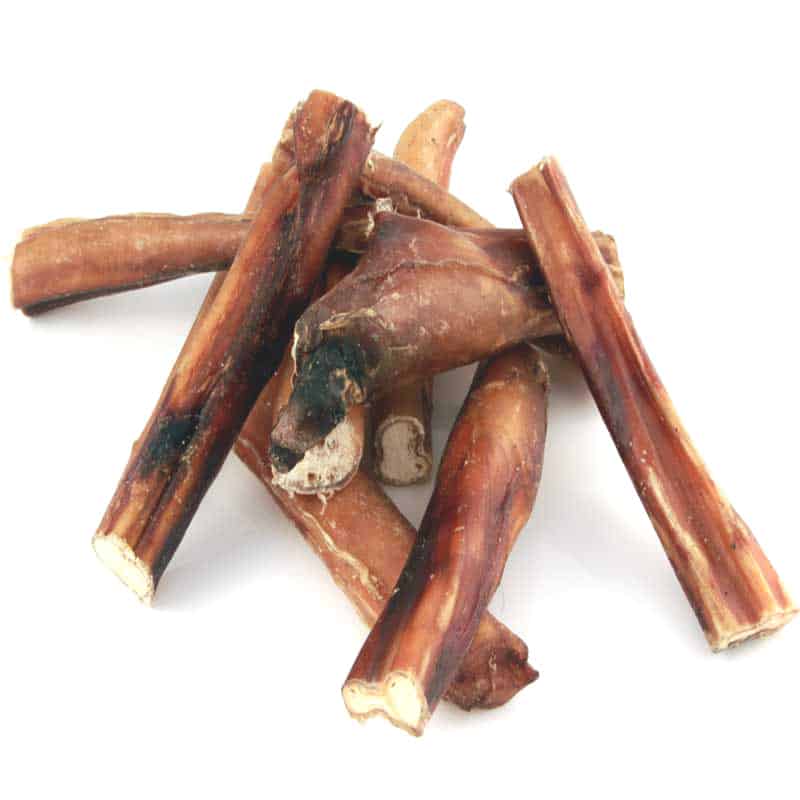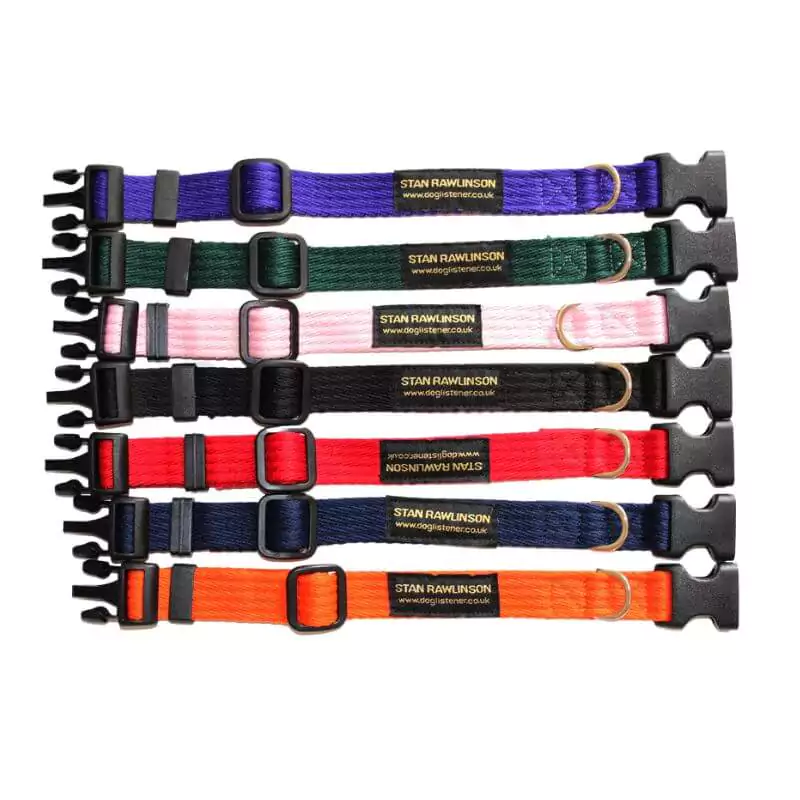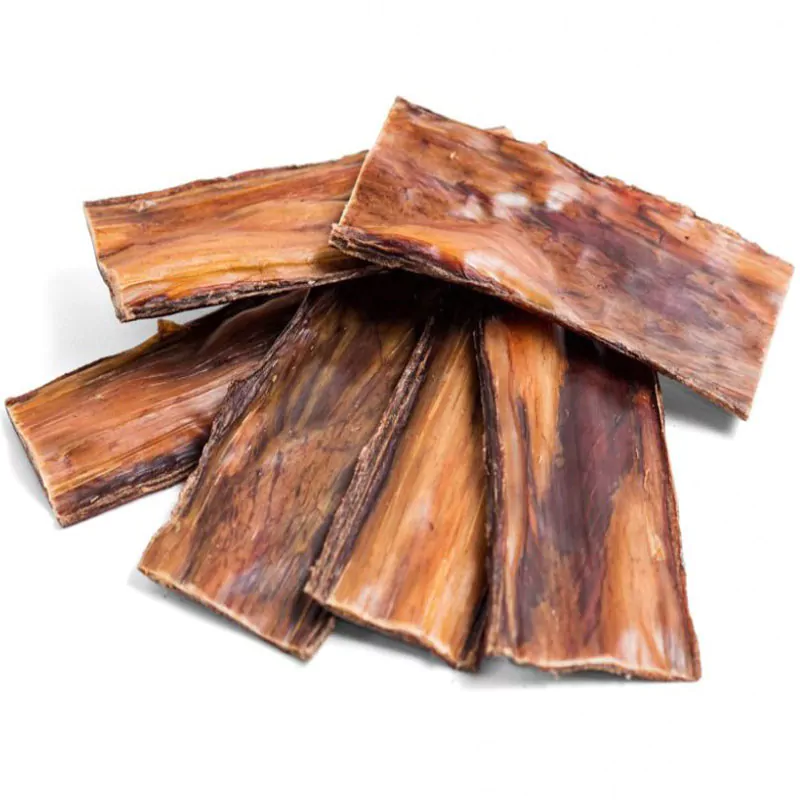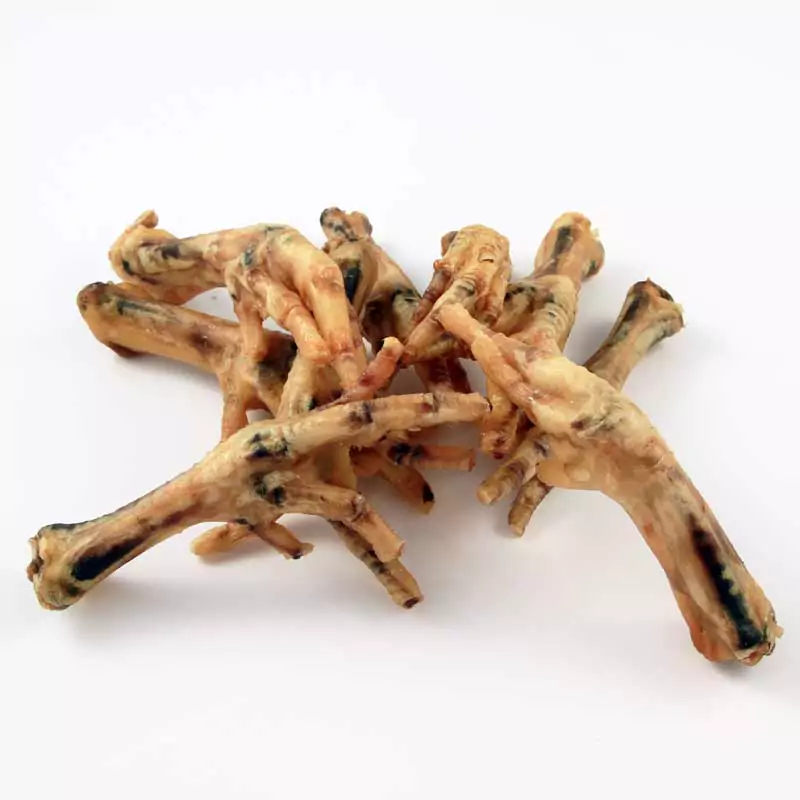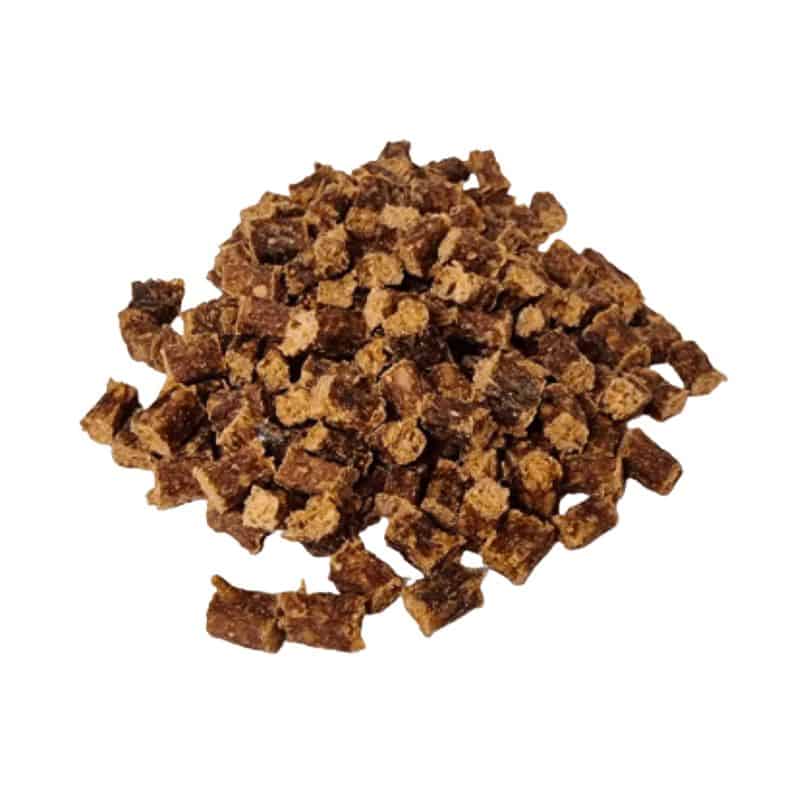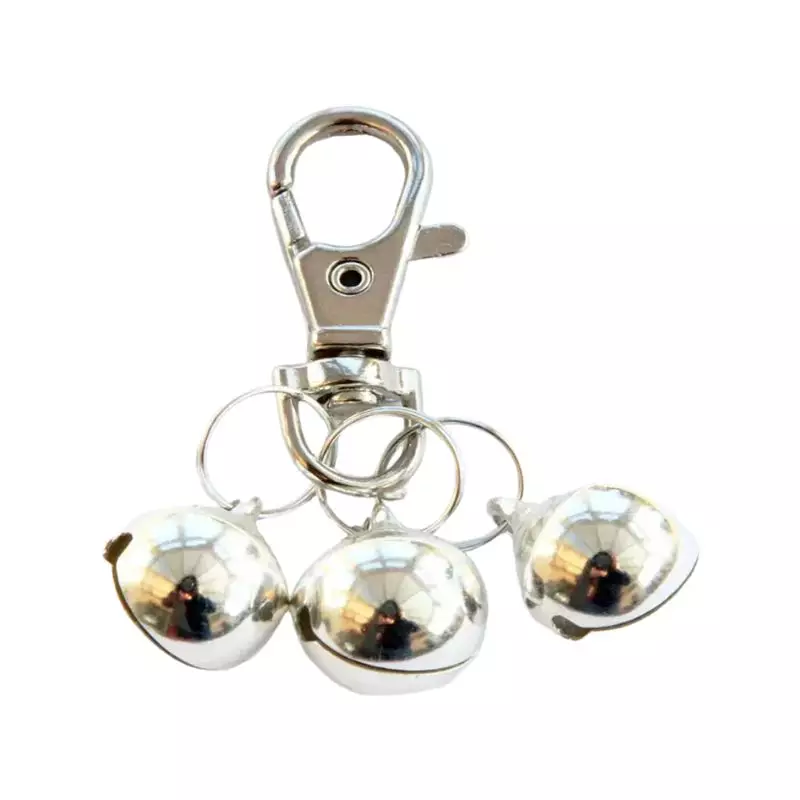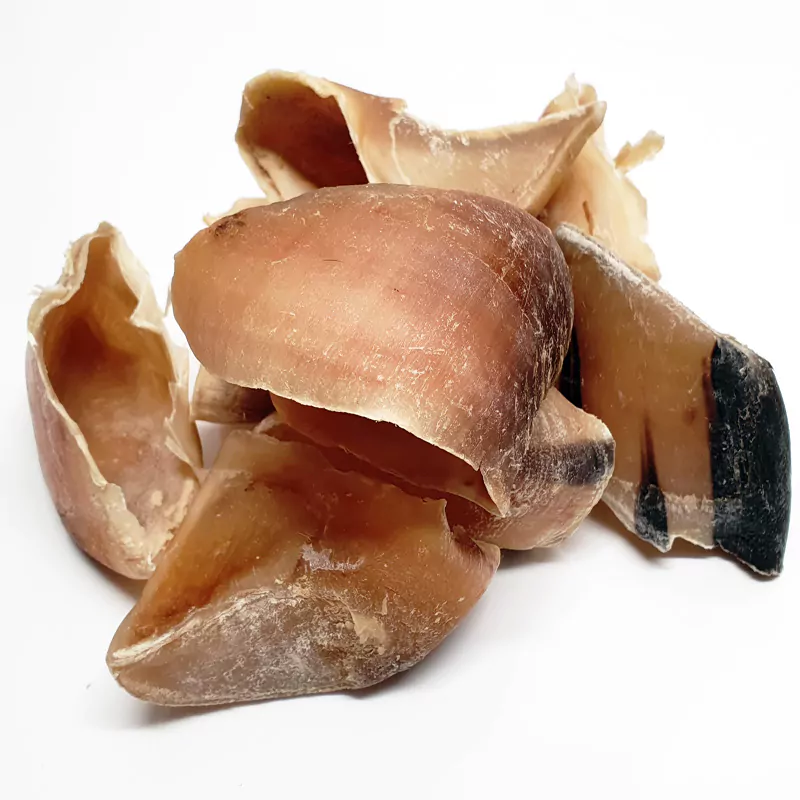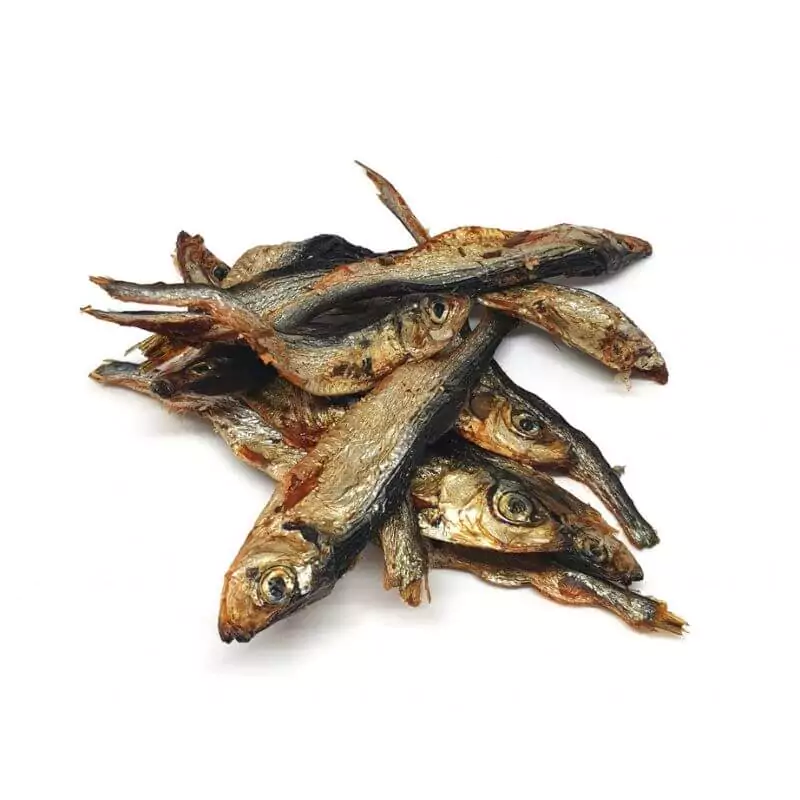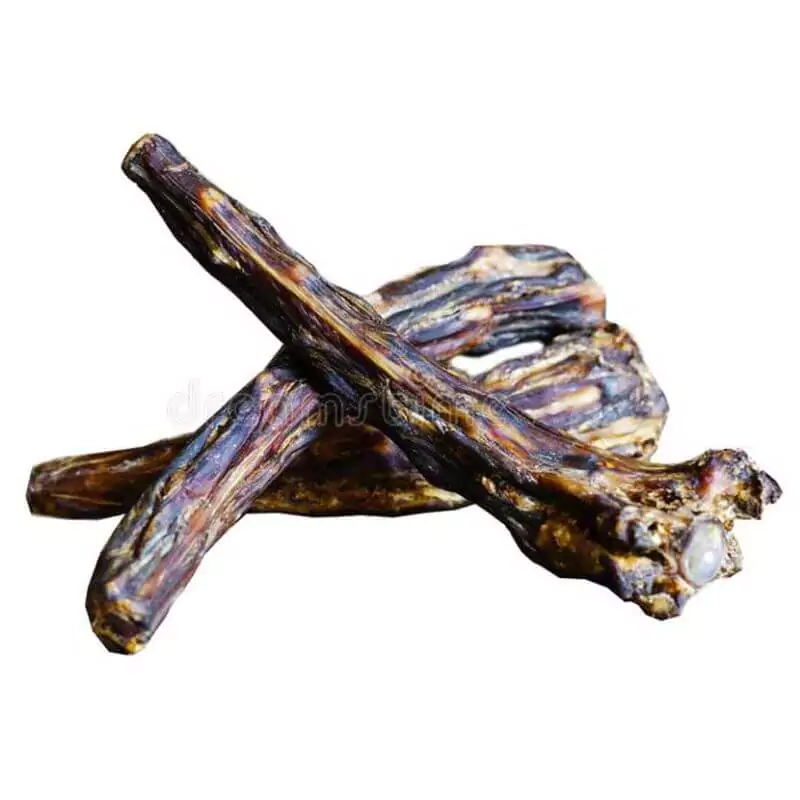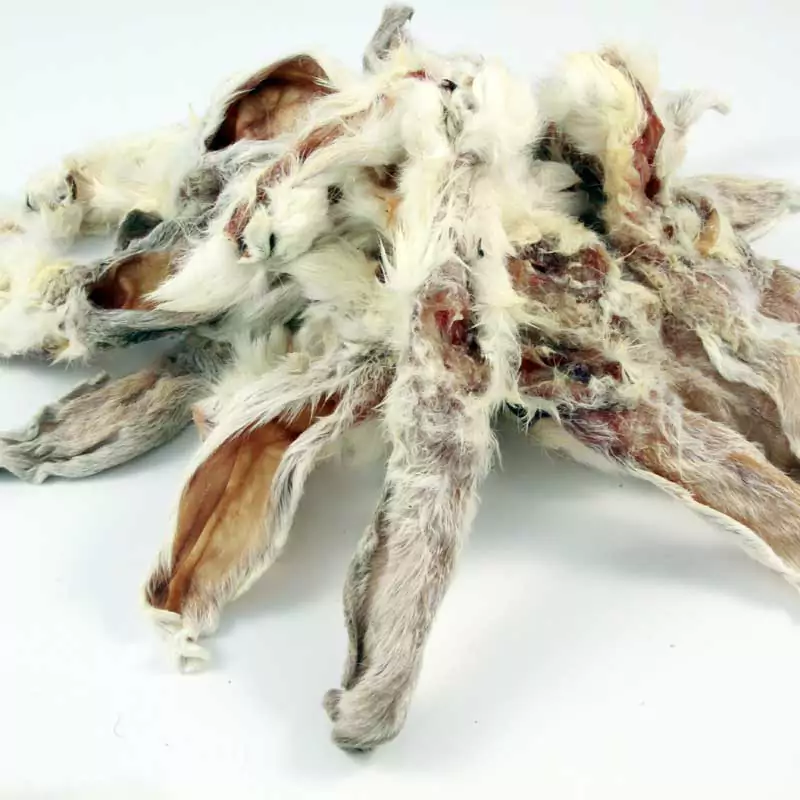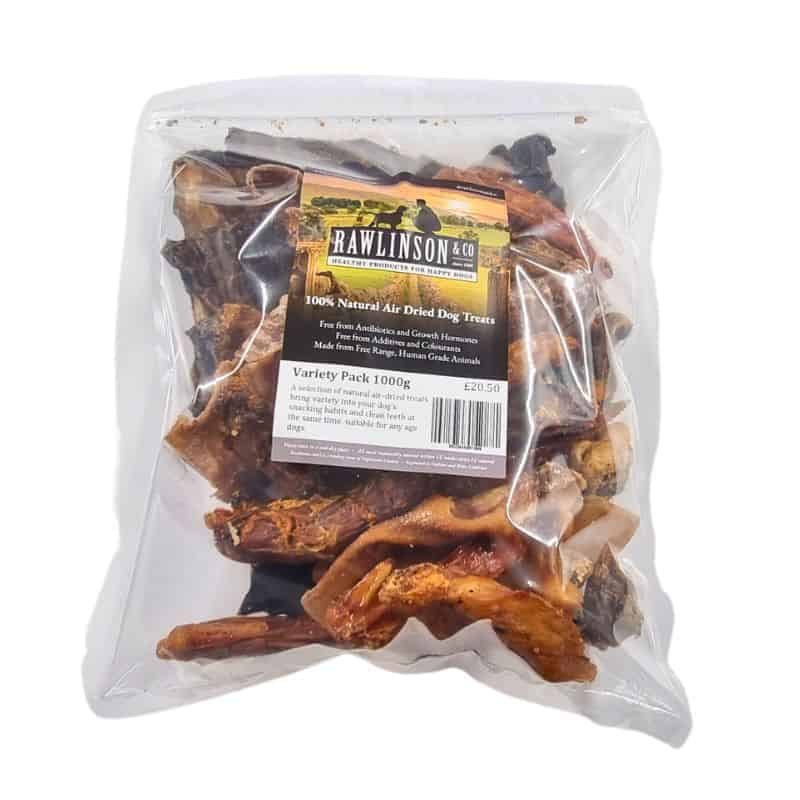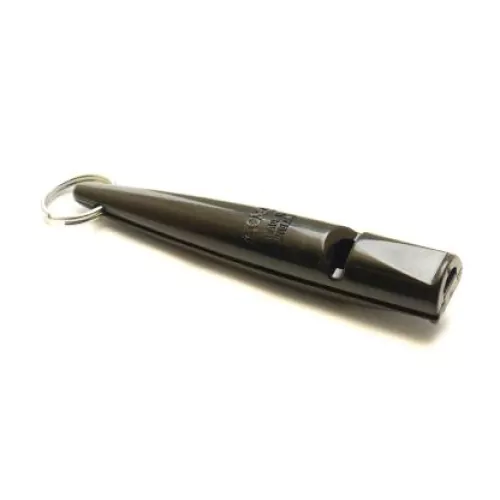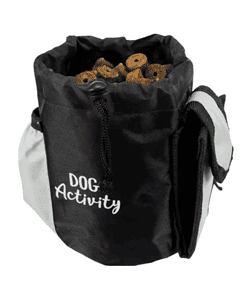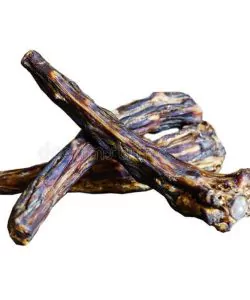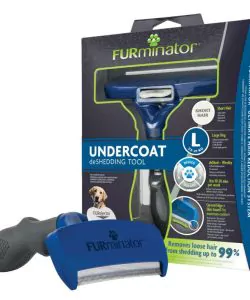Dogs and Winter Dangers
Winter Can Bring Grave Dangers to Our Dogs and Cats

Thousands of our dogs and cats are becoming either seriously ill and in many cases dying because the freezing conditions require the councils to act by treating the roads.
Once these conditions start. the gritters and salt spreaders are out in force, keeping our roads free for our safety.
People are also topping up on antifreeze in their engine cooling system and windscreen washers.
Unfortunately, those actions can be devastating to our pets as rock salt and antifreeze can be deadly
Dogs and cats are walking through the substances left by gritters and car drivers defrosting their windscreens and topping up antifreeze in the engines.
Because it can irritate and also smell good, they lick it off their paws and fur. ingesting these noxious and poisonous chemicals.
Consuming rock salt can cause pancreatitis, dehydration and liver failure. Antifreeze contains ethylene glycol, this tastes like lemonade to dogs and cats and can be fatal when ingested.
Last week I heard of a cat dying from licking antifreeze, and a couple of dogs, a Boxer and German Shepherd that died from consuming the Rock Salt added to the grit.
It is not just the paws that can get contaminated long-haired breeds, or dogs playing in the snow, can get contamination through their coats. Then when they clean themselves they ingest the poisonous chemicals.
One long-haired German Shepherd that I knew, came home after just walking around the block and started grooming itself. Within a couple of hours, it started salivating and drinking copious amounts of water. 36 hours later it was put down because of irreparable kidney failure and liver damage
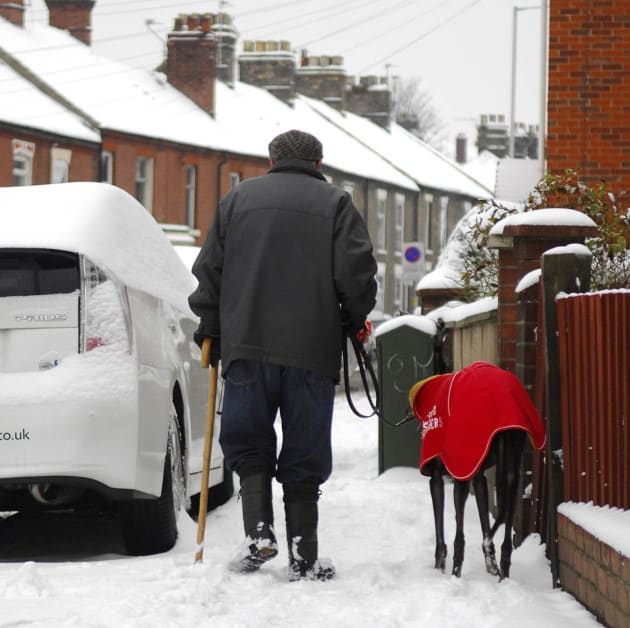
Rock Salt.
While dogs may consume salty foods in moderation, it is a misconception that rock salt is as safe for them as table salt.
Rock salt does contain some of the same ingredients as table salt (sodium chloride); however, it also contains chemicals, such as Magnesium that is harmful to dogs and cats.
It can cause damage to the paws mouth and most importantly its health.
Symptoms of Rock Salt Poisoning
Burns to the mouth and throat and excessive salivating and drinking. Raw and sore paws. dehydration, liver and kidney failure and pancreatitis.
Clip the fur between toe pads to reduce the amount of snow that collects between toes. Wash their feet in warm soapy water when as soon as you get indoors.
In long-haired dogs, you could have them clipped so they do not groom themselves after the fur has dragged through the snow. Unfortunately, this can cause the dog to feel the cold more, therefore, a coat may be advisable and will be stocking
If they roll in snow or ice that has had rock salt or antifreeze put on it, then wash them thoroughly when you get home
Why Antifreeze Is So Toxic
Once ethylene glycol (EG) is metabolised into oxalic acid and binds with calcium in the blood, it forms calcium oxalate crystals that are deposited in the kidneys.
At this point, the dog will become very, very ill. symptoms will include depression, vomiting, convulsions, gastric irritation (upset stomach) and extreme pain. Seizures, coma and death are common.
Symptoms of Antifreeze Poisoning.
Ingestion of antifreeze can cause a myriad of observable symptoms in dogs. The symptoms of antifreeze toxicity typically develop in three separate stages.
Stage 1 usually occurs within approximately 1 hour after the dog ingested the antifreeze and can continue for up to roughly 10 hours.
If the dog is kept primarily outdoors, the owner may not even notice the signs of Stage 1 antifreeze intoxication. When the owner does observe signs, they typically resemble signs of alcohol intoxication and include one or more of the following:
- Lack of coordination (ataxia)
- Depression
- Lethargy
- Stupor (“drunken sailor” behaviour)
- Stumbling
- Excessive thirst/intake of water (polydipsia)
- Excessive output of urination (polyuria)
- Gastrointestinal irritation and discomfort; nausea
- Vomiting
- Low body temperature (pronounced hypothermia)
- Convulsions/seizures (rare in Stage 1)
- Coma (rare in Stage 1)
- Death (rare in Stage 1)
Stage 2 of antifreeze poisoning in dogs usually occurs between 12 and 24 hours after the dog ingested the antifreeze or other substance that contained ethylene glycol. During this stage, the neurological signs of EG toxicity may wax and wane (come and go), and the dog may seem to return “back to normal.” However, unknown to the owner, during Stage 2 the dog may develop:
- Rapid breathing (tachypnea)
- Rapid heart rate (tachycardia)
- Dehydration
- Progressive weakness
Without treatment, the dog will enter Stage 3 of antifreeze toxicity between 24 and 72 hours after it ingested antifreeze or another substance containing ethylene glycol. The consequences of this stage are due almost entirely to the disastrous effects of the toxic metabolites of ethylene glycol on the dog’s kidneys. By the time it reaches Stage 3 of antifreeze poisoning, the dog will be in acute and probably irreversible kidney failure. The signs of this terminal stage typically include:
- Depression – severe
- Lethargy – severe
- Weakness – severe
- Painful kidneys (severe abdominal pain)
- Swollen kidneys
- Decreased production of urine (oliguria)
- Absence of production of urine (anuria)
- Lack of appetite (inappetence; anorexia)
- Vomiting – profuse and continuous
- Oral ulceration and pain
- Excessive salivation (ptyalism)
- Low body temperature (hypothermia)
- Low blood pressure (hypotension)
- Seizures/convulsions
- Tremors
- Abnormal eye movements (nystagmus)
- Collapse
- Coma
- Death
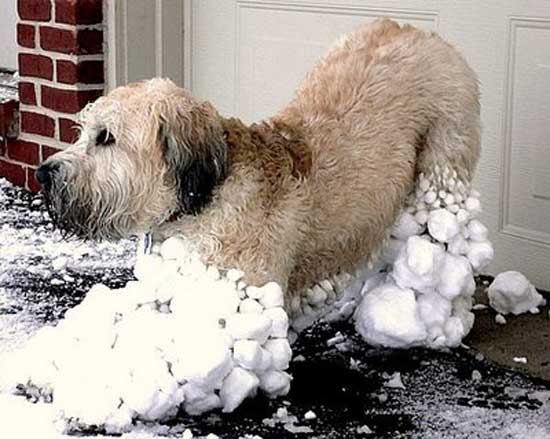
Antifreeze is thought to have a mildly sweet flavour that is interesting and tasty to domestic dogs.
Dogs that live primarily or exclusively outdoors, and those that are permitted to roam freely about the neighbourhood, have an increased risk of coming into contact with antifreeze.
This is especially true in cold climates. However, it is becoming increasingly common for people to flush their radiator fluid during the summer and autumn months.
This would be a part of routine car maintenance. This has made antifreeze poisoning a year-round problem in companion animals.

Owners should contact a vet immediately if they suspect that their pet may have been in contact with these substances or if they see any warning signs or symptoms.
‘The sooner they are treated, the better their chances of surviving.
©Stan Rawlinson 2017
Updated regularly last update 2021
(1) The Dog Store Hampton Hill
(2) Online Store


